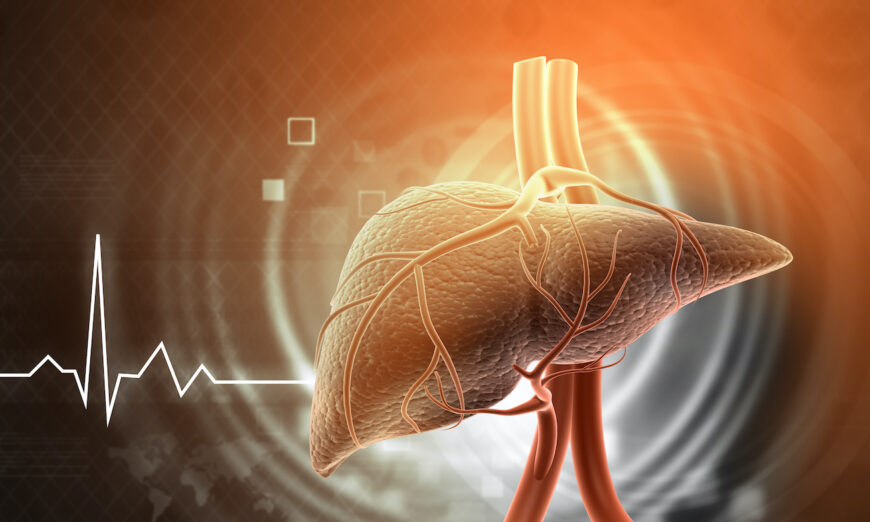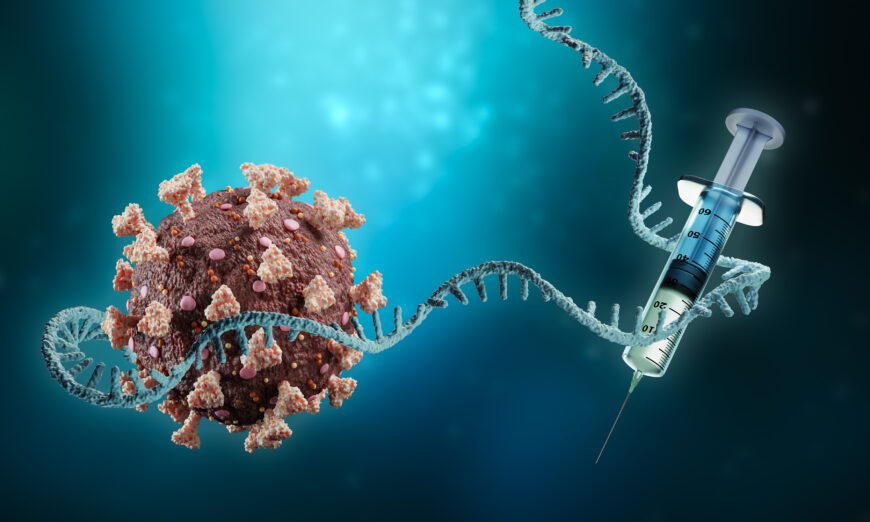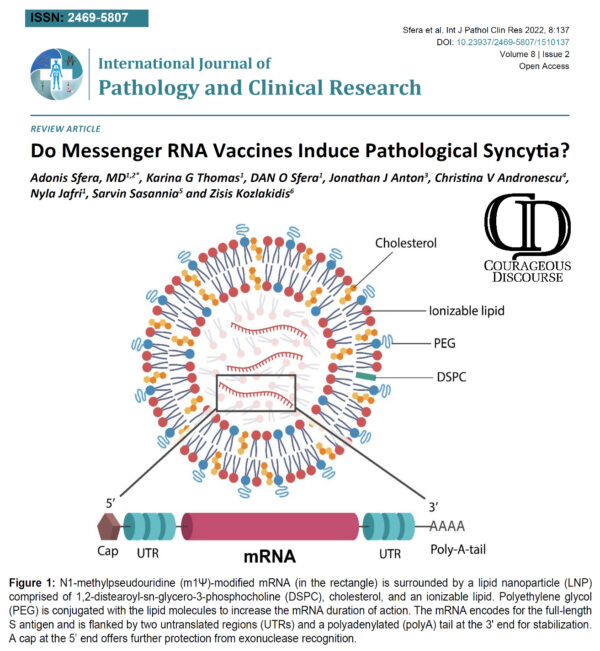We’ve known for a while that diet can help improve type 2 diabetes, but it’s rare to find an intervention for type 1 diabetes

In recent years, more and more studies have found that there is a vegetable that contains hundreds of active substances with unique effects that can alleviate the symptoms of both type I and II diabetic patients and also benefit the glucose metabolism of healthy people: This food is bitter melon.
According to the International Diabetes Federation, there were 537 million people with diabetes and 6.7 million diabetes-related deaths worldwide in 2021. This is equivalent to one person dying every five seconds due to diabetes.
In addition, 541 million adults worldwide have impaired glucose tolerance (IGT) and are at high risk of developing type II diabetes. The number of people with diabetes is expected to rise to 643 million by 2030 and to 783 million by 2045.

Diabetes is a chronic disease that can gradually damage the heart, blood vessels, eyes, nerves, and musculoskeletal system, and it is a major cause of kidney failure and blindness.
Diabetes is generally divided into four categories: type I diabetes, type II diabetes, gestational diabetes, and other specific types of diabetes.
Under normal circumstances, cells can absorb sugar and convert it into energy under the “command” of insulin.
In type I diabetes, the insulin-producing beta cells in the pancreas are damaged for various reasons, resulting in a reduced ability to secrete insulin. Since the body lacks insulin, people with type I diabetes have symptoms of high blood sugar and need to inject insulin into their bodies.
Type II diabetic patients mainly have insulin resistance. Their pancreas can produce insulin normally, but the body is insensitive to insulin. Even if the insulin level is sufficient, or even very high, the cells do not receive sufficient instructions to absorb sugar, so the blood sugar does not drop properly. These patients usually need oral hypoglycemic drugs to lower their blood sugar.
Bitter Melon Has a Wide Range of Therapeutic Effects, and Its Anti-Diabetic Effect Has Attracted Attention
In addition to medication, diet and lifestyle management are also important aspects for diabetes treatment. People have also been looking for natural plants that have curative effects on diabetes.
Bitter melon is one of the most prominent of these plants.
Although bitter melon has a peculiar bitter taste, it is still a popular vegetable around the world, often found in farmers’ markets and supermarkets. This is in part because people love the many benefits of this bitter-tasting vegetable and that it has some properties that other vegetables may not have.
The entire plant, especially its seeds and fruits, have been used for thousands of years for healing purposes. As a folk medicine, bitter melon is widely used—it is used to treat toothache, diarrhea, boils, and worms. It’s also antimalarial, and a laxative. It is also used to treat dysmenorrhea, eczema, gout, jaundice, leprosy, hemorrhoids, pneumonia, psoriasis, rheumatism, and scabies. Some people also use it for contraception purposes.
Bitter melon has more than 225 medicinal ingredients and contains many beneficial components.
Besides polysaccharides, proteins, peptides, and lipids, bitter melon also contains triterpenoids, saponins, flavonoids, alkaloids, and sterols. These substances have anticancer, antioxidant, anti-inflammatory, antiviral, antibacterial, immune-enhancing, and/or antidiabetic effects.
The anti-diabetic effect of bitter melon is gaining attention and further research worldwide. A search on PubMed, a biomedical literature engine, by using “bitter melon and diabetes” as the keyword showed that the research results published had been increasing in recent years.
These studies show that bitter melon can alleviate and treat type I and type II diabetes to a certain extent. The anti-diabetic effect of bitter melon is achieved by regulating the function of the pancreas and by modulating mechanisms outside of the pancreas.
Bitter Melon Helps Relieve Type I Diabetes by Stimulating Insulin Secretion
1. Components in bitter melon stimulate insulin secretion
Some components in bitter melon, such as bitter melon saponins and bitter melon polysaccharide-chromium complex, can promote insulin secretion from the pancreas.
Bitter melon extract can also stimulate the secretion of an enzyme in the intestine, which can contribute to the proliferation of islet cells and the secretion of insulin. Islet cells are cells in the pancreas that produce hormones like insulin and glucagon.

2. Bitter melon components can protect islet cells from damage
Triterpenoids and polysaccharides in bitter melon can protect the activity of pancreatic cells from damage, especially oxidative damage.
Researchers have treated pancreatic cells with sugar and then added aqueous extract of bitter melon and found that the aqueous extract of bitter melon was effective in ensuring the survival of pancreatic cells within a certain time frame, compared to the control group without the addition of this substance.
The components in bitter melon can protect the β-cells in the pancreas by down-regulating the activity of some enzymes. Excessive glucocorticoids can damage the β-cells in the pancreas, but bitter melon extract can regulate this hormone, thereby protecting the pancreas and ensuring the secretion of insulin.
3. Bitter melon components promote the repair of pancreatic cells
Bitter melon extract can promote the regeneration of damaged pancreatic cells and restore their number; and oral intake of bitter melon juice can improve the condition and function of the pancreas.
Bitter melon extract can also increase the number and volume of β-cells in the pancreas, thus making the amount of insulin secreted comparable to that of the non-diabetic group.
Bitter melon powder can significantly increase the expression of a gene that regulates the development of the pancreas and stimulates the growth of β-cells in the pancreas.
In addition, animal experiments (pdf) have shown that feeding bitter melon juice to rats with type I diabetes has a good effect on their blood glucose and lipid control.
Bitter Melon Can Alleviate Type II Diabetes by Improving Insulin Resistance
Bitter melon can improve insulin resistance by reducing glucose production by the liver, promoting glucose uptake by muscle cells and fat cells, and promoting insulin secretion to lower excessive insulin levels in the blood.
First, several glycosides, polypeptides, and polysaccharides in bitter melon can lower blood glucose.
Second, triterpenoids in bitter melon, such as bitter melon glycosides, and some proteins and peptides can increase the uptake, consumption, and utilization of glucose by cells. Some can be achieved by cooperating with insulin, and some can act independently of insulin.
Third, the bitter melon glucoside and charantin can inhibit the action of some enzymes and delay the absorption of sugar. In addition, the rich fiber of bitter melon can also slow down the absorption of glucose.
Fourth, bitter melon can inhibit the production of glucose by liver cells, as well as inhibit gluconeogenesis (creating glucose from non-carbs) in the liver.
Fifth, bitter melon can inhibit enzymes related to islet resistance, thus regulating insulin resistance.
Sixth, bitter melon contains antioxidant and anti-inflammatory agents that reduce insulin resistance and control the onset and development of diabetes.
Bitter Melon Has a Glucose-Lowering Effect and Cardiovascular Protection Function
There have been some small clinical trials on the consumption of bitter melon, which showed similar effects to those of hypoglycemic drugs.
In India, a group of patients with type II diabetes who had their oral hypoglycemic medication reduced by half and took bitter melon extract had a greater hypoglycemic effect after secen days than a control group taking a full dose of hypoglycemic medication.
In 100 patients with moderate non-insulin-dependent diabetes (NIDDM) who consumed bitter melon juice, 86 percent of them showed significant reductions in both fasting and postprandial serum glucose levels, and another 5 percent showed reductions in fasting serum glucose.
Another randomized controlled trial in non-insulin-dependent diabetics showed that the effects of taking bitter melon extract were similar to those achieved with the antidiabetic drug rosiglitazone.
Another common glucose-lowering drug is metformin. In a four-week double-blind randomized controlled trial, researchers evaluated the efficacy of bitter melon and metformin in patients with newly diagnosed type II diabetes and concluded that bitter melon had a modest hypoglycemic effect compared to the drug, a conclusion similar to that of another controlled trial using bitter melon and glibenclamide in 2015.
Moreover, a 2015 experiment published in Nutrition Journal further found that triglyceride and total cholesterol levels were significantly lower in those using bitter melon, while blood lipids increased in those taking the drug.


This indicates that bitter melon has a comprehensive effect on diabetics in terms of lipid regulation and metabolism, in addition to lowering sugar. Moreover, bitter melon is a natural food, which can avoid some side effects and harm of drugs to the body.
2 Types of People Need to Take Extra Caution
The bitter melon is a valuable vegetable, but some people need to take extra care when eating it.
Given the hypoglycemic effect of bitter melon, it is best not to ingest bitter melons on an empty stomach.
Moreover, bitter melon has been used in some traditional medicine for abortion and contraception.
Studies have shown that bitter melon may have a risk of miscarriage and congenital malformation (pdf). Bitter melon also causes a significant decrease in estrogen and progesterone levels, showing anti-fertility and anti-sperm effects. Therefore, bitter melon should be used with caution in diabetic patients who are planning to get or are already pregnant.
It has also been suggested by researchers that removing the seeds when consuming the fresh fruit of bitter melon may reduce the risk of some adverse events.
Aqueous extracts of bitter melon have been found to be more effective in treating diabetes than dried powder. This may be due to the loss and or inactivation of some active ingredients as a result of drying and further processing of the powder. Freeze-dried extracts of bitter melon juice have been used in some human studies because of the relatively good preservation of their biological activity and the ease of handling.
When choosing to acquire the beneficial components of bitter melon through supplements, a daily intake of 3 mg cucurbitane-type triterpenoids may be a reasonable amount, which is the average intake amount of many bitter melon supplementation products.
















